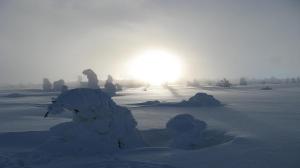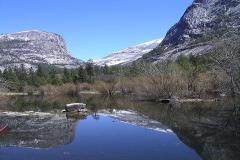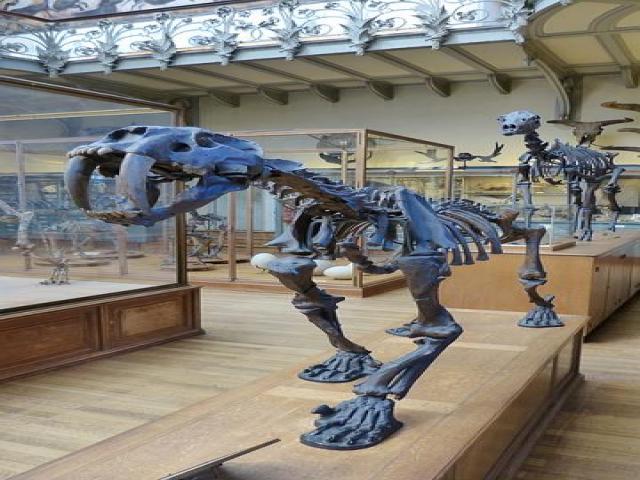
To form an understanding of the diversity in geography America’s landscape, one angle is assessing the country’s food and supermarket changes over the years over various regions. There are many different types of supermarkets, based often on the nation’s geographical boundaries and preferences. But even so, the staples carried in the markets are largely the same throughout geography America.
In an IBISWorld report published in April 2013, it was found that American markets and grocery stores have encountered both quantity and quality decline since 2008, impacting geography America’s economic outlook. This has been connected to the recession which has impacted employment and thereafter household disposable income. In turn, this has led to escalated spending on generic brands and discounted items.
When the economy is affected, supermarkets have to respond. Thus Walmart and Costco – which were already appealing to those with lower disposable incomes – throughout America are faring well, increasing profit margins. When the economy started showing signs of recovery, supermarkets were able to increase prices.
But in terms of popular food items throughout the country, when it comes to brands, there is a larger geography of food that needs to be considered. For example, in the south and western parts of the nation, one will find a particular type of corn chip to be very popular. But then in other geographical parts of America, there are certain chips that can only be found there and not in other areas of geography America. It seems that those who live by the Potomac River are not fans of sweet teas but in other geographical areas that is not the case.
Nonetheless, it is not all about differences when it comes to assessing geographical America’s supermarkets. Indeed, due to advanced transportation capacities, grocery stores are actually quite similar throughout the nation. They still all have shopping carts – that were invented nearly 80 years ago and most of them boast their own bakeries as well, usually placed far away from the door so that the smell of freshly baked goodies permeates to all who enter the market. Indeed, there is also a concept of supermarket geography America which translates into a study of where the items are placed in the market, for it to gain the highest profit margin.
 The public programming section of the National Geographic Society, National Geographic Live, has a project to promote geography America in schools. The plan – that began around six years ago – was set up to help students learn about geography America on a much larger scale than they have been to date. Indeed, at the Schuylkill Valley Middle School in Leesport, PA, students are going to be benefiting from a 35 by 26 foot map of North America thanks to the Giant Traveling Maps Program. Sixth graders have been using the map to study longitude and latitude Friday.
The public programming section of the National Geographic Society, National Geographic Live, has a project to promote geography America in schools. The plan – that began around six years ago – was set up to help students learn about geography America on a much larger scale than they have been to date. Indeed, at the Schuylkill Valley Middle School in Leesport, PA, students are going to be benefiting from a 35 by 26 foot map of North America thanks to the Giant Traveling Maps Program. Sixth graders have been using the map to study longitude and latitude Friday.






